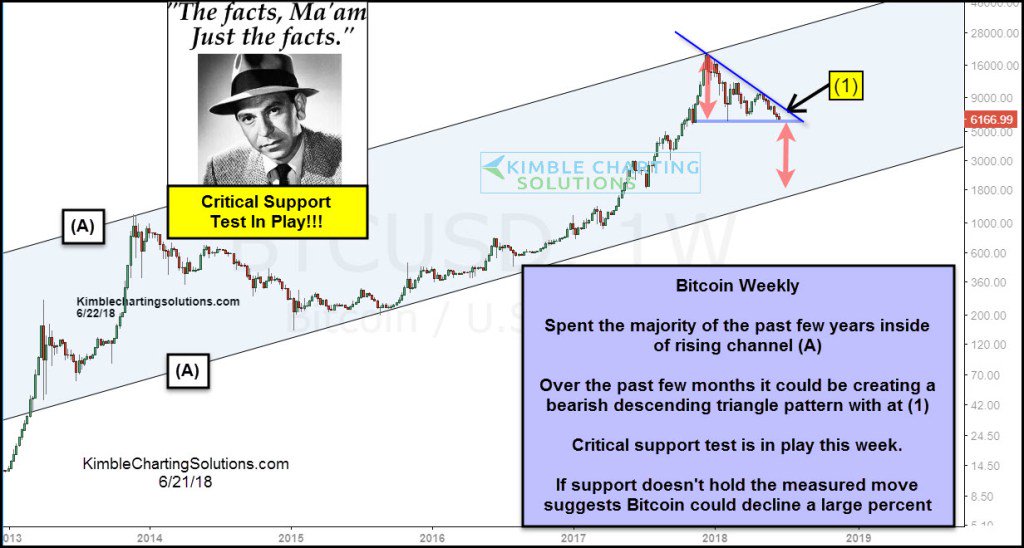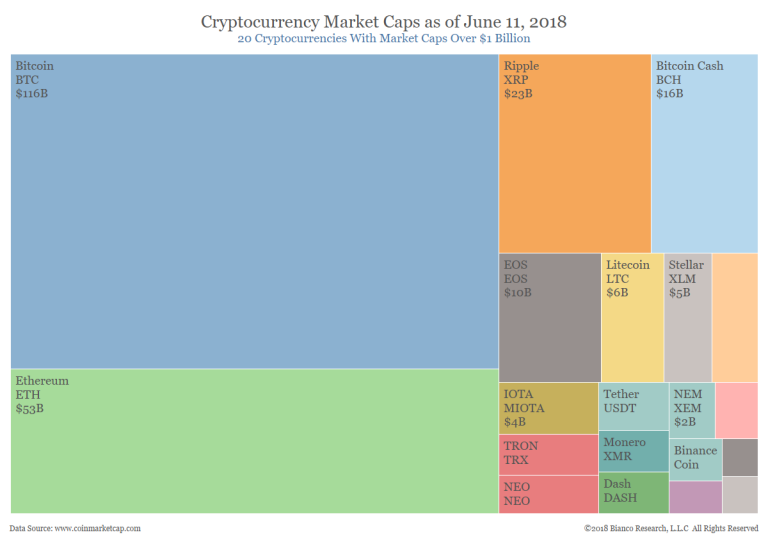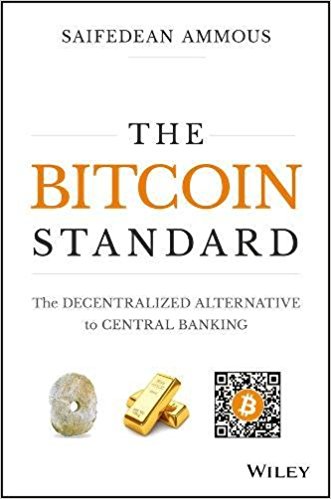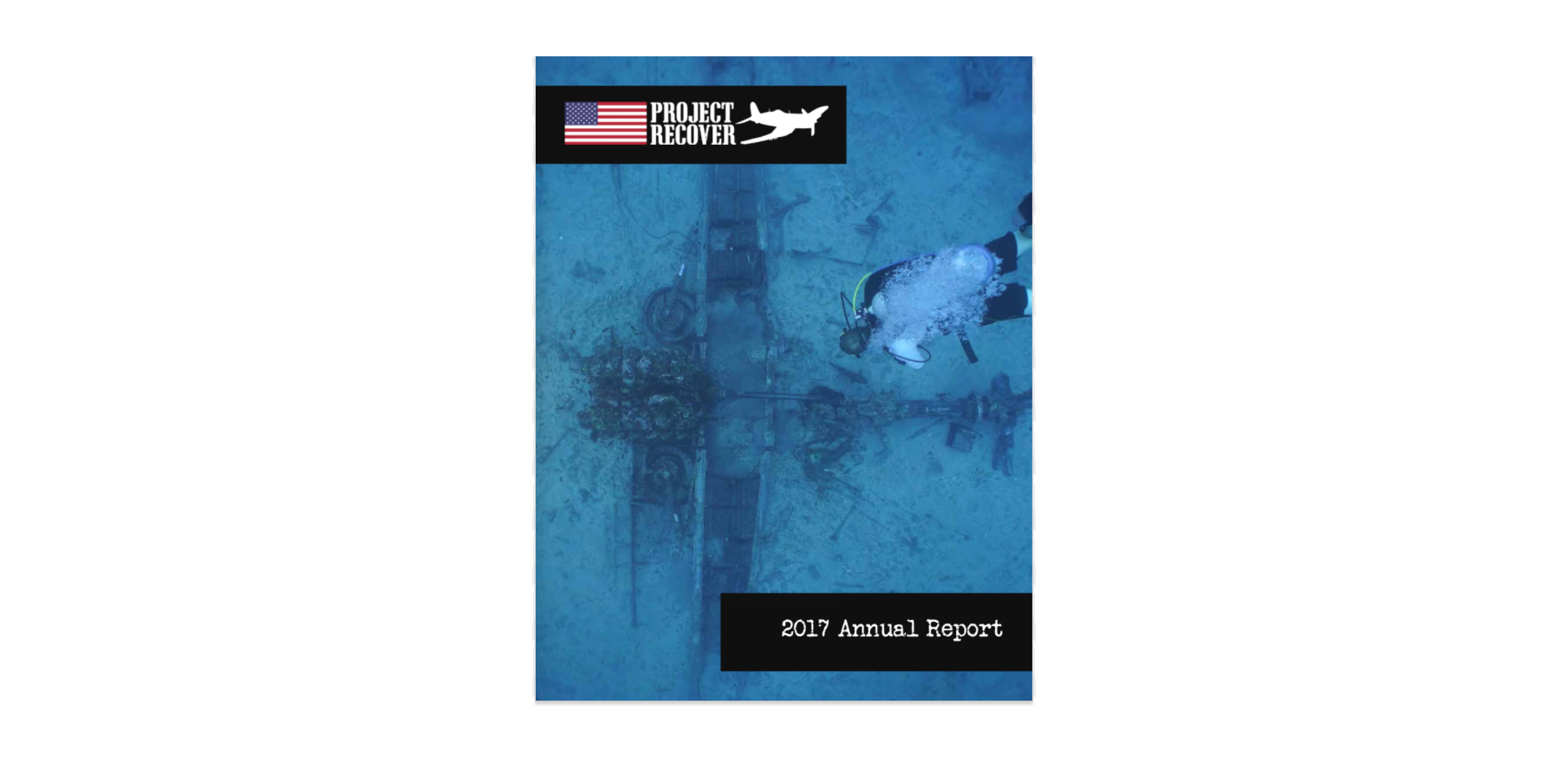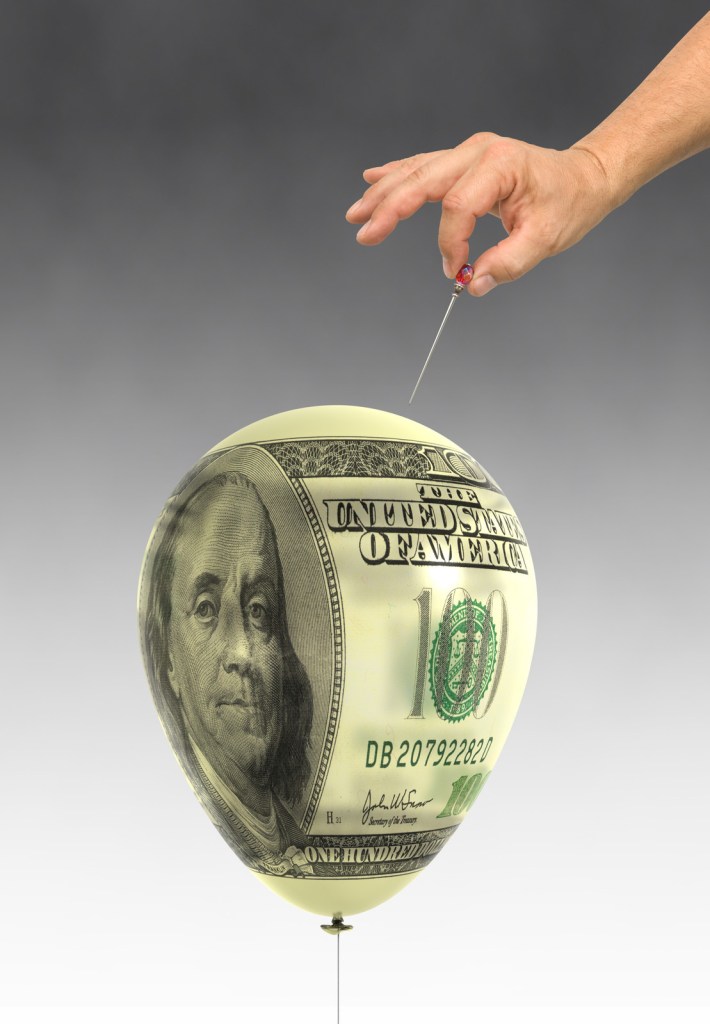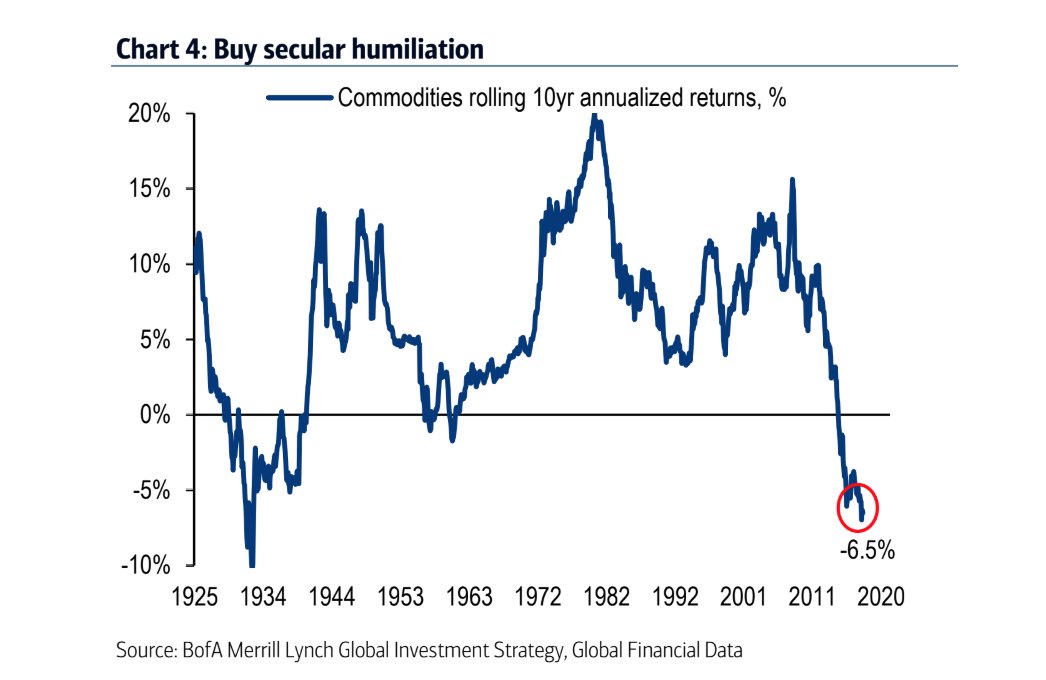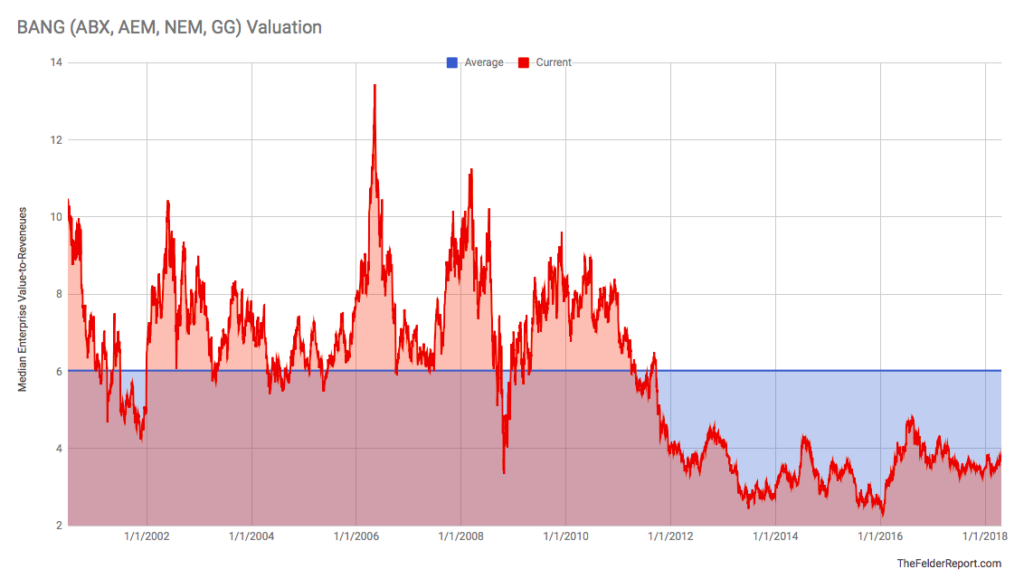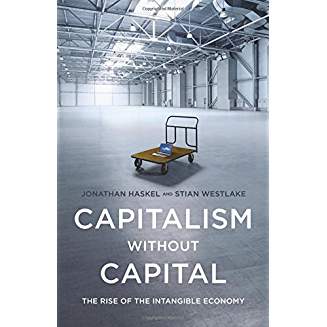Value Investing Seminar in Cyprus
I know nothing about this but to let you know: https://cyprusvalueinvestor.com/
Hating Finance
Why Everyone Hates Finance and What to Do about It
By Paul McCaffrey
Finance can be a noble profession, yet too many people don’t see it that way.
Mihir A. Desai, the Mizuho Financial Group Professor of Finance at Harvard Business School and professor of law at Harvard Law School, explained why finance has a trust problem and offered a simple strategy to address it at the 71st CFA Institute Annual Conference.
“Finance is being demonized, and it’s being demonized because people don’t understand it,” he said. “If we want to stop demonization, we have to make it accessible . . . And it turns out stories and the humanities are a really powerful way to do that.”
Though he says much of the criticism of finance is unfair, Desai, the author of The Wisdom of Finance: Discovering Humanity in the World of Risk and Return, acknowledged that some of the industry’s reputational wounds are self inflicted.
“Why do we have more than our share of Martin Shkrelis?” he asked. Largely because of attribution error. What sets finance apart from most other disciplines is that performance feedback is clear and constant. And that can breed arrogance.
“If you’re an investor,” Desai explained, “you get feedback all the time about how you’re doing every day. And it’s super precise and inflated by leverage. What happens in those settings? Human beings do what human beings do everywhere. Every good outcome is because of me. Every bad outcome is because of the world.”
As that process continues through the years and the outcomes are mostly good, people come to believe in their skill, that they earned and deserve their returns.
But in finance and investing, skill is difficult to assess and practically impossible to prove.
“The greatest lesson in finance, of course, is it’s very hard to tell the difference between luck and skill,” Desai said. “It’s better to operate as if it’s luck.” He also pointed to the emphasis on value extraction over value creation in recent decades as another culprit behind finance’s lackluster standing among the public.
These criticisms aside, Desai believes that finance does much more good than harm and that finance professionals need to highlight the benefits that it creates.
Rehabilitating Finance
“If we re-aim the practice of finance and the underlying ideas that are incredibly noble, we can make finance into something aspirational, which is what it should be,” he explained. That requires thinking about the big ideas, the first principles of finance, and explaining them to people in ways that resonate.
“And frankly equations and graphs don’t work for many people,” he said. “It turns out there’s a whole section of the population that just doesn’t get that.”
That’s where literature and the humanities come into play.
Inspired by the structure of The Wisdom of Finance, Desai broke finance down into seven concepts during his presentation, what he calls “the biggest ideas in finance,” which are
- risk and insurance;
- risk management —
- options/diversification;
- value creation and valuation;
- corporate governance;
- mergers;
- leverage/bankruptcy.
As Desai explains it, when reduced to its essence, finance comes down to insurance. “Insurance is underneath all of finance in a remarkable way,” he said. “Once we think about risk and insurance, we have to think about risk management. That’s going to be about options and diversification. Instead of doing it with fancy calculus, we’re going to do it with stories.”
Risk and The Maltese Falcon
To explain risk, Desai recommends the Dashiell Hammett novel, The Maltese Falcon, which was made into a motion picture starring Humphrey Bogart as the hard-bitten San Francisco private detective Sam Spade. In the novel, Spade recounts a story about a man named Flitcraft, who disappears one day, leaving a wife, family, and career behind. Some years later, the wife receives word from an acquaintance that Flitcraft has been spotted in Spokane, Washington. She calls Spade to investigate.
Spade learns after traveling to Spokane, that the man is Flitcraft, as it turns out, only he’s changed his name to Charles Pierce. Spade confronts him and Flitcraft admits his ruse and explains why he abandoned his family.
“‘I was walking along, and a huge iron beam fell right next to me, and a piece of sidewalk jumped up and hit me in the face,’” Desai said, quoting Flitcraft’s words. “‘And at that moment, I realized that life was totally random. And I’d been living my life as if the universe was well ordered so my life had to be well ordered. But, in fact, the universe is random. So I’m going to change my life at random.”
So Flitcraft left to build an entirely new identity. “But then,” Desai continued, “Sam says, ‘The best part of the story is, when I found him in Spokane, he had recreated the same life he had . . . He had the same kind of wife and house and job and kids and everything was exactly the same.’” The names Flitcraft and Charles Pierce were not chosen by chance. Allen J. Flitcraft was a leading actuary and author of a life insurance manual. Charles Sanders Peirce was a philosopher dubbed the “father of pragmatism.”
What Hammett and Spade were getting at was that what looked chaotic and haphazard was not entirely unpredictable. There was an underlying order to it.
“The fundamental thing in life is randomness,” Desai explained. “And what do finance and insurance understand? They understand that we can navigate it by looking for patterns. Things that look totally random are not. . . That’s what the foundation of finance is: Seemingly random outcomes actually behave along patterns.”
Pride, Prejudice, and Risk Management
So how does Desai explain the concept of risk management?
“We could talk about options and diversification with modern portfolio theory and stochastic calculus,” he said. “Or we could use Jane Austen.”
It turns out her 19th-century English romantic novel Pride and Prejudice, describing the courtship rituals of the day and how the heroine, Elizabeth Bennet, and other young women respond to their various suitors, has a lot to teach on the subject.
“So what’s the risk management problem?” Desai said. “Potential suitors come by and you don’t know which one to take. And there’s always a problem. Some of them are rich, some are drunk, some of them are nice, some of them are ugly.”
Indeed, the novel features one of the worst marriage proposals ever. A Mr. Collins asks Bennet for her hand rather bluntly: “You’re not that pretty. You’re not that rich. Here’s an offer. I suggest you take it,” Desai recalled. “And of course, what’s he doing? He’s playing off her risk aversion.”
Bennet rejects the offer, but soon after, Collins shifts his attention to her friend Charlotte, to whom he makes a similarly mercenary proposal, one that that she excitedly accepts.
“The neat part about that story is the risk management problem is solved with options and diversification,” Desai said. “These characters give voice to what we think of as modern financial institutions.” “Finance needs some humanization.”
Desai’s message was simple: The best way to reclaim finance’s reputation is to demystify it and to do it through literature and the humanities, through storytelling.
“If it becomes all about spreadsheets and screens, then we detach ourselves from humanity,” he said. “We should think about the human consequences of what we do. And these stories are a wonderful way to get reattached to what the moral content of our ideas are.”
https://blogs.cfainstitute.org/investor/2018/05/22/why-everyone-hates-finance-and-what-to-do-about-it/
Doing Research
https://youtu.be/c34vmUxXZ1A

